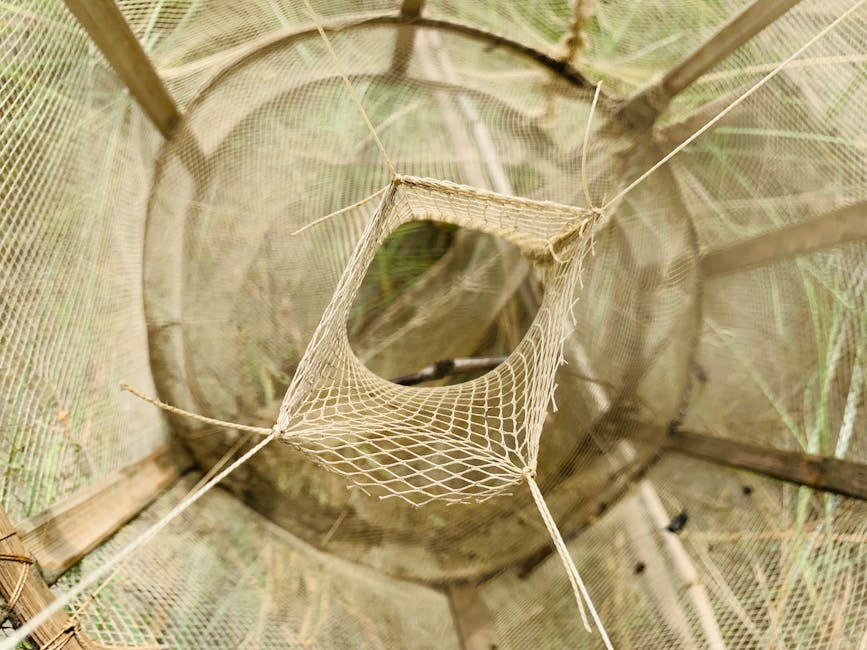The Invisible Hand of Sustainability: Everyday Choices Matter
Everyday choices, from the foods we buy to how we travel, have resounding impacts on the environment and global ecosystems. Sustainability isn't just a trendy concept—it’s a series of interconnected choices we make daily that shape our world. Instead of simply focusing on the basics of recycling and reducing waste, let's dive deeper into the vast web of influences our decisions have on the environment. This article will uncover the surprising ripple effects of your habits and empower you to make informed choices toward a sustainable future.
The Ripple Effect of Daily Decisions

Imagine walking through your local grocery store. Each item you place in your cart isn't just a meal waiting to be prepared; it’s a vote for the kind of world you want to support. The concept of the "invisible hand of sustainability" paints a vivid picture of how personal consumer behaviors influence global ecological systems. For instance, when you choose organic produce, you're not only prioritizing your health but also endorsing sustainable farming practices that reduce pesticides and promote biodiversity.
Research shows that organic farming can generate around 40% more biodiversity in the soil compared to conventional farming methods, according to findings from the University of Michigan. This makes each grocery trip not just about personal nutrition but a conscious choice that helps maintain ecological balance.
The Influence of Transportation Choices

Next on our journey towards sustainable living is how we commute. Often overlooked, commuting habits can significantly impact carbon footprints. Every time you opt for public transportation over driving solo, your decision reverberates throughout the eco-community. Public transport systems emit significantly less CO2 per passenger than individual vehicles.
Moreover, biking or walking for short distances contributes even further to reducing greenhouse gases while promoting physical health. Harvard University highlights that a 10% switch from car commuting to cycling can decrease carbon emissions by nearly 3.2 million tons annually. When you consider how many people commute daily, this shift holds tremendous power!
Mindful Consumption and Waste Reduction

Avoiding single-use plastics and choosing products packaged in biodegradable materials can affect global markets and signal companies to support sustainable practices. A surprising statistic from the Ellen MacArthur Foundation reveals that, if current trends continue, the weight of plastic in oceans will outweigh that of fish by 2050. Each time you select eco-friendly alternatives, you help reduce this alarming trajectory.
Additionally, the practice of upcycling—taking waste materials and repurposing them—has risen in popularity. You may find joy in transforming items you no longer use into creative masterpieces or functional decor. Check out The Art of Upcycling for Sustainability, where you can explore ideas on how to contribute to a greener planet while embracing creativity.
Eco-Friendly Choices in Everyday Life

From the clothes we wear to the cleaning products we choose, everything matters. Sustainable fashion is on the rise, with trends shifting towards materials that have a lesser environmental impact, such as biodegradable dyes. Experts estimate that the fashion industry is responsible for 10% of all greenhouse gas emissions. By embracing slow fashion and supporting brands prioritizing sustainability, you send a clear message that conscious consumption is the future.
Moreover, be mindful of your choice of household cleaning products. Many contain harmful chemicals that not only pollute our waterways but can also affect your family’s health. Opting for eco-friendly alternatives helps decrease these pollutants. The Zero Waste Wardrobe methodology highlights how you can harmonize your lifestyle choices with the planet’s wellbeing.
The Digital Footprint We Leave Behind

In our digital age, it's easy to overlook the environmental implications of our online habits. Did you know that the data stored in the cloud has a significant carbon footprint? The power required for data centers can create emissions akin to those generated by the airline industry! By embracing digital minimalism—reducing unnecessary online storage and streamlining device usage—you can make a substantial impact on reducing your digital carbon footprint.
Community Engagement: A Collective Impact

It’s essential to remember that sustainability is a collective effort. Community initiatives—like organizing a bioblitz in your backyard—play a pivotal role in boosting local biodiversity. The act of gathering neighbors to document plant and animal species encourages a deeper understanding of local ecosystems. As you participate, you become a literal hands-on advocate for your environment, fostering not only awareness but also connection among community members. Explore ways to get started with hosting a bioblitz!
Embracing Local Wisdom and Knowledge

The wisdom of our ancestors has much to teach us about living sustainably. Indigenous practices often highlight the interconnectedness of ecosystems, emphasizing the balance between human needs and nature. Incorporating local community traditions can empower individuals and advocate for sustainability. Consider learning how to cultivate your garden with native plants or participate in local farming initiatives that celebrate these age-old techniques. By doing so, you contribute to a resilient eco-community and reaffirm the value of local knowledge.
Redefining Urban Spaces for Sustainability

Urban environments can become hotspots for sustainable living practices. By creating urban wildlife havens or micro-habitats, we not only support biodiversity but also enhance the health of our living spaces. Planning urban gardens or green spaces generates a connection to nature that resonates within communities. With the help of projects that aim to transform cities for sustainability, people can come together to foster a thriving ecosystem even within densely populated areas.
The Impact of Your Choices on Mental Health

Interestingly, sustainable practices can foster not only environmental benefits but also enhance mental well-being. Engaging in activities like gardening or spending time in nature has been linked to reduced stress and improved mood. The relationship between mental health and eco-friendly living is profound. Creating biophilic designs—incorporating natural elements in your living spaces—also contributes to psychological resiliency. Let’s not forget to take care of our mental environment along with our physical one.
Your Role in the Bigger Picture

It's easy to feel overwhelmed by the enormity of climate change and ecological collapse. However, every small action contributes to a larger narrative unfolding across the globe. You can empower yourself and others by making conscious choices and influencing those around you. The shift may start with your decisions in the grocery line but can ripple through communities, businesses, and ultimately, nations.
By regularly engaging in sustainable practices and advocating for eco-conscious living, you become a catalyst for positive change. Each small effort—be it adopting a zero-waste lifestyle, exploring urban gardening, or spreading the word about eco-friendly living—shapes the narrative of our future on this planet.
Final Thoughts
The path to sustainable living is paved with everyday choices that extend far beyond simple recycling. Understanding how these personal habits affect the world enhances our connection to the global ecological network. By reflecting on our individual contributions, we can inspire others to take action, creating a collective movement toward a healthier planet. Start by considering the impact of your food, transportation, consumption habits, and the beauty of community engagement. The cumulative effect of these choices can be strikingly profound—let's nurture the invisible hand of sustainability and secure a greener future for generations to come.
Looking for more empowering insights? Dive deeper into the world of sustainable living with common myths about sustainability or discover how to nurture a family garden designed for kids.



